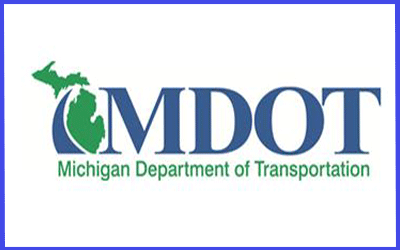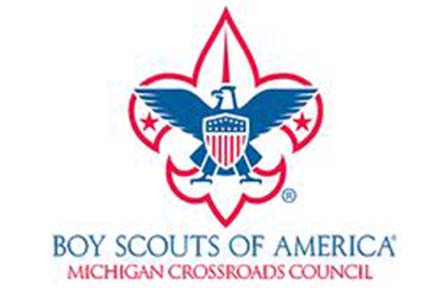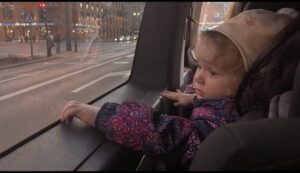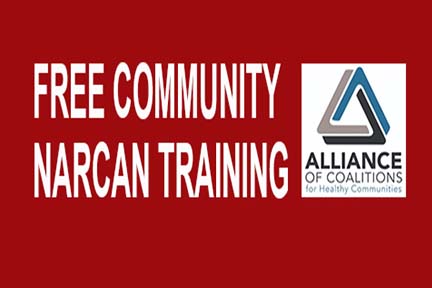
Bridge bundling projects move forward
FOR IMMEDIATE RELEASE Bridge bundling projects move forward Fast facts: LANSING, Mich. - $196 million in federal COVID relief funds appropriated by Gov. Gretchen Whitmer and the Legislature will allow the state to execute Phase II of the Michigan Department of Transportation (MDOT) bridge bundling program, beginning later this year. A list of the 59 candidate bridges, which were prioritized based on regional mobility and safety, is available here as part of MDOT’s bridge bundling program online dashboard. This phase focuses on closed and load-posted bridges. Some will be permanently removed while others will be fully replaced. Major repairs on local bridges are already under way as this year’s MDOT bridge bundling pilot project moves forward. Five bridge bundling projects started in March. All of the bridges encompassed by the program will be completed and reopened to traffic within 60 or 90 days from the start of repairs. The five projects currently range from 38 to 77 percent complete. “We’re making good progress toward our goal of improving 19 local bridges throughout the state this year,” said State Transportation Director Paul C. Ajegba. “These projects should keep the bridges in service for another 50 years, continuing to connect communities, travelers and businesses. This pilot program will accelerate repairs, streamline construction, spark innovations, and create economies of scale, helping to rebuild Michigan’s infrastructure more efficiently.” This year’s project, the first of its kind in Michigan, will repair 19 bridges in serious or critical condition that are owned by local agencies. Each bridge will have its superstructure replaced, which includes full removal and replacement of the bridge deck and supporting beams. The pilot project is funded by Federal Highway Improvement Program (HIP) dollars. MDOT bridge staff and consultants are doing all the design and construction administration work for the bridge bundling program. An online dashboard at Michigan.gov/BridgeBundling MDOT expects bridge bundling, which covers several bridge locations under one contract, to streamline coordination and permitting, increase economies of scale, and improve bridge conditions on local routes around the state. MDOT is working to expand the approach, already in use on state trunkline projects, to address locally owned bridges. The other 14 bridges to be rebuilt this year, along with scheduled start dates and contracted length of the project, are listed here. MDOT estimates $2 billion is required just to get all state-owned bridges up to good or fair condition, and another $1.5 billion to do the same for all local agency-owned bridges. ### Protect workers. Protect drivers. Safe work zones for all.
A snapshot of the dashboard for the Michigan Department of Transportation (MDOT) bridge bundling pilot program shows progress on the Bentley Street bridge over Farmer’s Creek in Lapeer. The interactive website (Michigan.gov/BridgeBundling) tracks progress on local agency bridge projects that have been grouped together for more efficient work. Nineteen locally owned bridge repair jobs are included in the pilot program, with five projects currently under way. $196 million in targeted COVID relief funds will allow 50 or more bridges to be rebuilt in Phase II of the program, beginning next year. (MDOT image)
A photo from the new dashboard (Michigan.gov/BridgeBundling) for the Michigan Department of Transportation (MDOT) bridge bundling pilot program shows work on the abutment for the Byron Road bridge over the Black River in Ottawa County. The interactive website allows stakeholders and the general public to access progress statistics and photos on local agency bridge projects that have been grouped together for more efficient work. (MDOT photo)
|

















